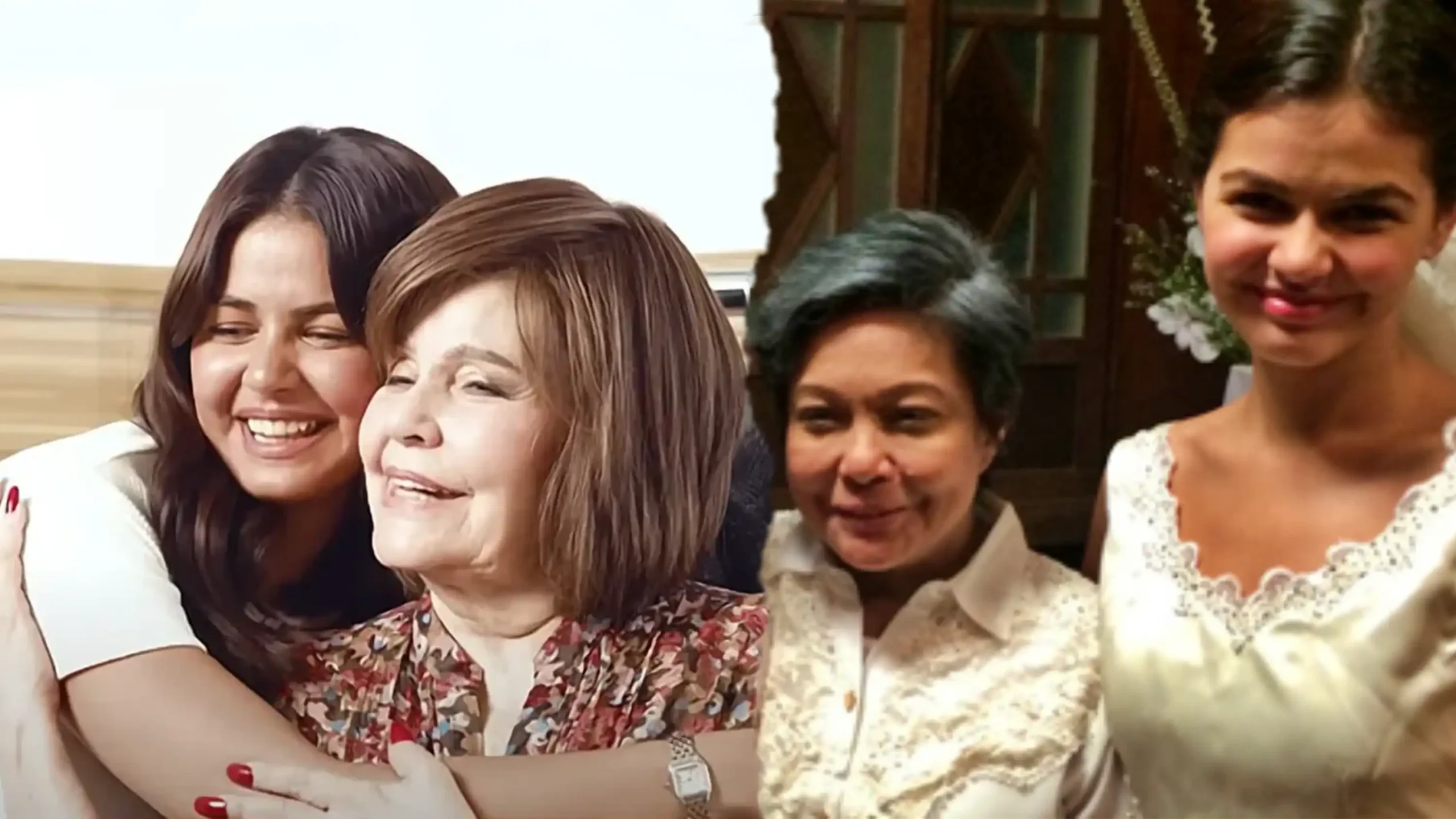Oldest Child Syndrome: Why the Panganay Has A Lot to Deal With
The Panganay, also known as the “Eldest” or the “Oldest” child in English, has its own syndrome known as the Oldest Child Syndrome.
In Filipino families, the panganay — also known as the Eldest Child — is considered the pride of the family. They are usually the ones who receive a lot of praise and who families rely on the most. But the interesting part about being the eldest is that they appear to follow a set template in personality: achievement-driven, competitive, and doting to the point they become extra irritable. Some even see them as “high-strung,” or borderline neurotic (Rohrer, Egloff, and Schmuckle, 2015). But they weren’t like that before their sibling! What happened?
That is what many studies call “Oldest Child Syndrome.”

The Ever-Reliable Panganay in Philippine Family Culture
Before understanding what the Oldest Child Syndrome is, let’s look at where the eldest child usually stands. They’re often the favorite. Filipino families invest heavily in the panganay, seeing them as the “jewel” of the family (Garo-Santiago, Mansukhani, and Resurreccion, 2009). Unfortunately, being the “jewel” places the panganay on a different standard that they are expected to act purely for the family’s best interests. Whether as care-takers, educators, all-around helpers, the eldest matures almost immediately after being constantly exposed to adults. Despite the stress, pressure, and additional responsibility, the eldest child usually ends up bonding with the identity of being the panganay which triggers Oldest Child Syndrome, making them resentful of the younger ones.
Oldest Child Syndrome: What causes it?
As the panganay grows up and becomes more aware of their parents’ initial parenting strategies (both good and bad), they get triggered when the scenario doesn’t play out like they remember, especially when parents discipline their younger sibling. Besides the scene not playing out like they remember, they, who were once the center of their parents’ attention, will see that as losing their parents’ love, leading to intense and unhealthy sibling rivalries in almost everything — most especially studies (Jefferson Jr., Herbst, and McCrae, 1998; Paulhus, Trapnell, and Chen, 1999; Fight, 2000; Bauer and Gang, 2001; Sulloway, 2001).
Especially in traditional families that prefer a particular sex. For example, if a family prefers a boy but their eldest is a girl, the favoritism (despite it being subconscious) will be a lot more obvious. The second child may get more gifts and praise especially as when seen as the firstborn son while the eldest, the daughter, is neglected (Hesketh, Lu, and Xing, 2005; Li and Wu, 2011).

Eldest Child: The Guinea Pig of Every First-Time Parent
Besides sibling rivalry, parenting plays a big role in creating Oldest Child Syndrome. Especially as first-time parents, everything is all so new and scary, even with the many parenting textbooks supposedly explaining everything. But the anxiety of things not mentioned in the books makes parents immediately jump in to protect their child, to “control the environment.”
While there’s nothing wrong with protecting our children, it hurts them more when we paint every little thing as a threat or a mistake. Because of this, our eldest child ends up being more unforgiving of mistakes, especially when their siblings are the ones who do it (Hildebrandt, 2019).
Understanding the Personality of the Panganay
Combining both sibling rivalry and first-time parenting woes creates two common personalities for the panganay or the eldest child that has Oldest Child Syndrome. Either they’re so strong-willed because they copied their parents’ behaviors and misbehaviors or they become people-pleasers. In order for the eldest child to keep what Adler’s Birth Order Theory calls the “throne”, they will either constantly behave only in the family’s best interest (even if it conflicts with their own) or completely rebel. But both personalities focus on one motive: stocking up achievements (Paulhus, Trapnell, and Chen, 1999; Bauer & Gang, 2001).
Because they were often surrounded by adults who would gush about their achievements or adults who lash out when they make a mistake (as new parents, we all know it’s hard to be patient), the panganay categorizes the result of their choices with only two outcomes: success or failure. There’s no in-between. They are perfectionists to a fault to get their parents’ attention because they see that their new sibling takes 99% of the attention, pressuring them to fight for that 1%.
Eldest or not, they’re still kids!
One of the most difficult balancing acts that parents need to deal with is the expectations they have on their children, which if done badly leads to Oldest Child Syndrome. There are times we want to take it easier on the younger sibling because we know they’re having a hard time but, we don’t want the eldest to feel that we hate them because we punished them harder back then. While we want our elder children to be role models to their younger siblings, that responsibility is not solely theirs. It’s still ours as the parents to show our kids what it means to be good people.
Reference
Bauer, T., & Gang, I. (2001). Sibling rivalry in educational attainment: The German case. Labour, 15(2), 237-255.
Garo-Santiago, M. A., Mansukhani, R., & Resurreccion, R. (2009). Adolescent identity in the context of the Filipino family. Philippine Journal of Psychology, 42(2), 175-193.
Hesketh, T., Lu, L., & Xing, Z. W. (2005). The effect of China’s one-child family policy after 25 years. New Engl J Med, 353(11), 1171-1176.
Hildebrandt, T. (2019). The one-child policy, elder care, and LGB Chinese: A social policy explanation for family pressure. Journal of homosexuality, 66(5), 590-608.
Jefferson Jr, T., Herbst, J. H., & McCrae, R. R. (1998). Associations between birth order and personality traits: Evidence from self-reports and observer ratings. Journal of Research in Personality, 32(4), 498-509.
Li, L., & Wu, X. (2011). Gender of children, bargaining power, and intrahousehold resource allocation in China. Journal of Human Resources, 46(2), 295-316.
Paulhus, D. L., Trapnell, P. D., & Chen, D. (1999). Birth order effects on personality and achievement within families. Psychological Science, 10(6), 482-488.
Rohrer, J. M., Egloff, B., & Schmukle, S. C. (2015). Examining the effects of birth order on personality. Proceedings of the National Academy of Sciences, 112(46), 14224-14229.
Sulloway, F. J. (2001). Birth order, sibling competition, and human behavior. Conceptual challenges in evolutionary psychology: Innovative research strategies, 39-83.
More about Philippine family culture?
How Utang na Loob Made Filipino Families Toxic
Being a People Pleaser: How Love Becomes Toxic
Utak Talangka or Talangkang Pag-iisip: What is Crab Mentality?









